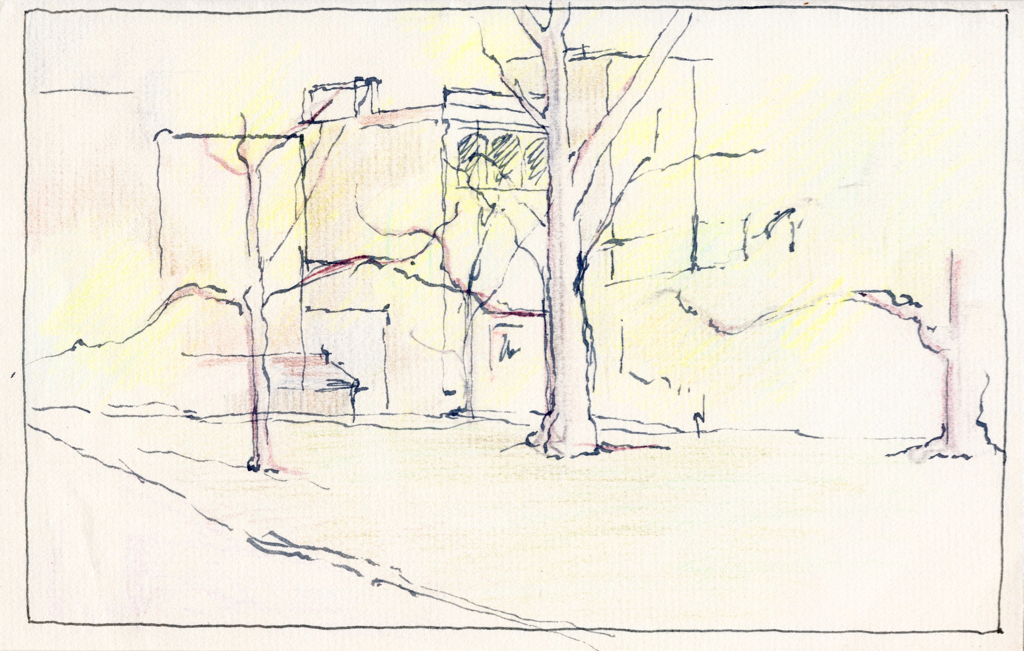Another in a series of stories for liberal religious kids. Source and notes at the end.
This is a story about Rabbi Israel Salanter, who lived in Lithuania in the 1800s:
It was Yom Kippur, the holiest day of the year for Jews. All the people had gathered in the synagogue to wait for Rabbi Israel to lead them in reciting the Kol Nidre, the prayer that begins Yom Kippur. But Rabbi Israel didn’t come. After waiting a long time, the people in the synagogue recited the Kol Nidre without the rabbi, hoping he would appear. Still he didn’t come. The people continued to wait for Rabbi israel, though by now he was so late they began to worry that he would not arrive until after the service was over.
Finally the rabbi came into the synagogue. The people looked at him in amazement: they saw down stuck in his hair and his beard, and his clothing was wrinkled and messy. But Rabbi Israel walked in as if nothing were wrong, as if he were not horribly late. He put on a prayer shawl, and began to recite his prayers. When he had finished praying, he at last explained to the congregation why he was so late:
He had been walking to the synagogue [he said], with plenty of time to spare, when he heard crying inside a house he was walking past. He went into the house, and there was a baby lying in its cradle, with a six year old girl fast asleep nearby. A bottle of milk stood above the cradle, just beyond where the baby could reach it. The rabbi could see what had happened: the mother had gone off to the Yom Kippur service, telling her six year old daughter (who was too young to go to the service) to give the baby its bottle if it started crying. But the girl had fallen asleep, and she did not hear the baby crying. So Rabbi Israel fed the baby. When the baby finished the milk, the rabbi tucked it in the cradle and watched it fall asleep.
It was just then [said the rabbi] that the little girl awakened. She was afraid to be home alone, and begged him to stay with her. The rabbi looked around, and saw that the candles the mother had left were burning low; here was a good reason not to leave the child alone. So he stayed until the children’s mother got back from the synagogue. He concluded his story by saying he was very glad that he had a chance to do such a good deed on the most holy day of the year.
The people in his congregation stared at him. One of them asked: You mean you didn’t say the Kol Nidre, you were absent for the Yom Kippur services, you missed the most important moment of the whole year, all this just because a baby was crying? You, the greatest intellect, the smartest person of our time, you missed being here because of a baby? Rabbi, what were you thinking?
The rabbi scolded them all, saying: Don’t you know that there are reasons why we Jews are allowed to skip prayers, reasons why we are even allowed to break the laws of the Sabbath? If there is the slightest chance of saving a life, we are allowed to — no, we must skip prayers and break the Sabbath. Then too, don’t you know that our families, our children, are central to Jewish life?
This silenced the people. They realized that it didn’t matter that Rabbi Israel had humbled himself by taking care of a mere baby. As he said, there could nothing more important.
Source: This story is from Lucy S. Dawidowicz, ed., The Golden Tradition (Syracuse University Press, 1996), pp. 173-174; the story is quoted and interpreted in Leora Batnitzky, How Judaism Became a Religion: An Introduction to Modern Jewish Thought (Princeton University Press, 2001), pp. 124-125; I am indebted to Batnitzky’s interpretation of the story.





